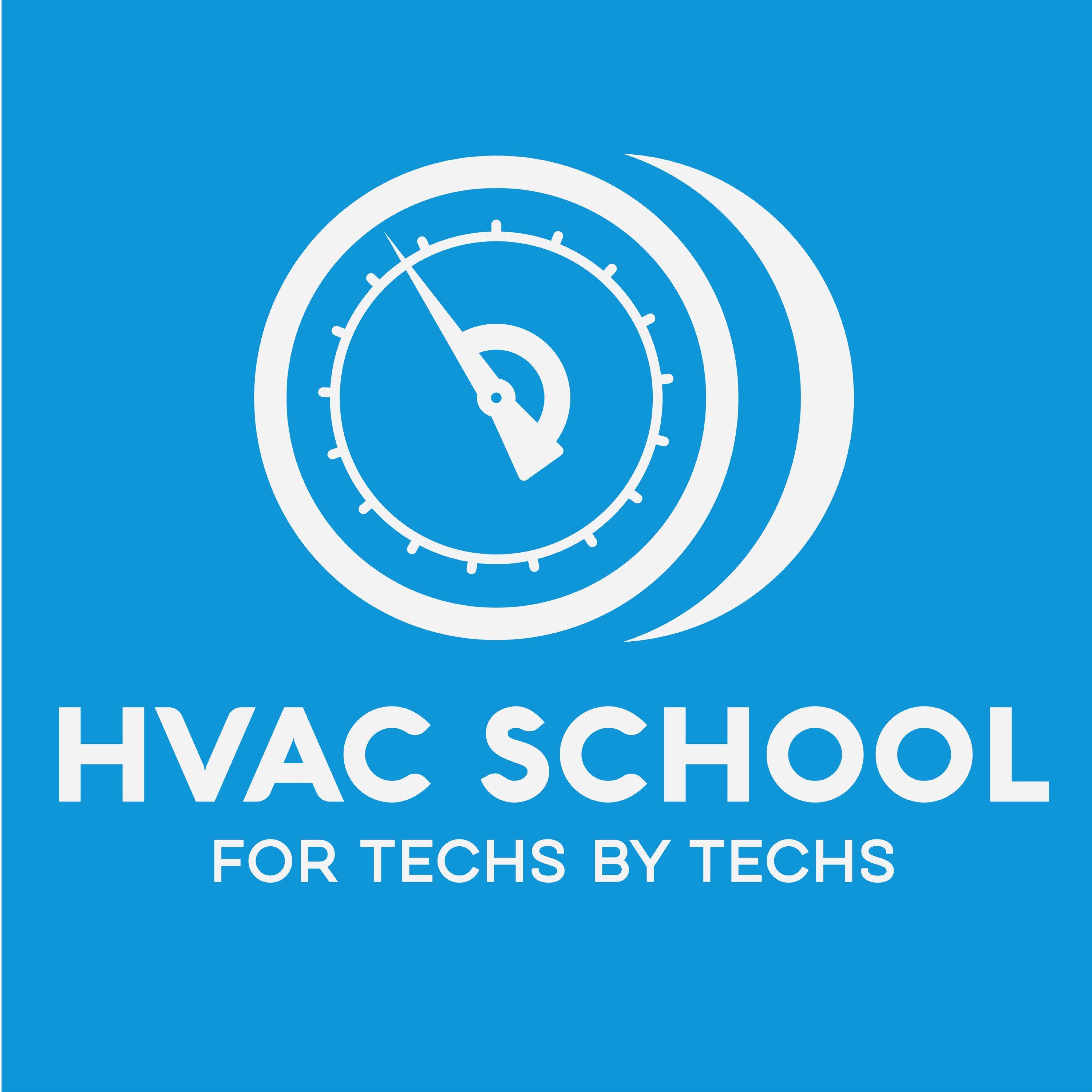- Business
- Careers
- SEE MORE
- classical
- general
- talk
- News
- Family
- Bürgerfunk
- pop
- Islam
- soul
- jazz
- Comedy
- humor
- wissenschaft
- opera
- baroque
- gesellschaft
- theater
- Local
- alternative
- electro
- rock
- rap
- lifestyle
- Music
- como
- RNE
- ballads
- greek
- Buddhism
- deportes
- christian
- Technology
- piano
- djs
- Dance
- dutch
- flamenco
- social
- hope
- christian rock
- academia
- afrique
- Business
- musique
- ελληνική-μουσική
- religion
- World radio
- Zarzuela
- travel
- World
- NFL
- media
- Art
- public
- Sports
- Gospel
- st.
- baptist
- Leisure
- Kids & Family
- musical
- club
- Culture
- Health & Fitness
- True Crime
- Fiction
- children
- Society & Culture
- TV & Film
- gold
- kunst
- música
- gay
- Natural
- a
- francais
- bach
- economics
- kultur
- evangelical
- tech
- Opinion
- Government
- gaming
- College
- technik
- History
- Jesus
- Health
- movies
- radio
- services
- Church
- podcast
- Education
- international
- Transportation
- Other
- kids
- podcasts
- philadelphia
- Noticias
- love
- sport
- Salud
- film
- and
- 4chan
- Disco
- Stories
- fashion
- Arts
- interviews
- hardstyle
- entertainment
- humour
- medieval
- literature
- alma
- Cultura
- video
- TV
- Science
- en
Troubleshoot the System! w/ Jim Bergmann

b'
In today\\u2019s podcast, Jim Bergmann talks about troubleshooting the entire system. He takes a holistic approach to the art of troubleshooting, NOT just an equipment-centered one.
According to NIST, the most common HVAC system problems are duct leakage, refrigerant undercharge, and oversized equipment (often for undersized ducts).
Duct leakage heavily affects the envelope; the equipment only plays a part in conditioning a space. As such, you will want to seal up holes that lead to unconditioned spaces, such as behind the thermostat, to avoid creating negative pressure. When there is that negative pressure, especially close to the thermostat, the home could be at risk of over-cooling.
We check that the filter is clean, but we rarely ever question if the filter is good enough for the home. If the filter does not do a good job of improving air quality, you may consider changing the filter type or reducing the air velocity.
Even though we take temperature and pressure readings from the outdoor units, we sometimes fail to look for obvious non-equipment issues. Some yard cleanliness issues, such as vines or pet urine on the condenser, simply get overlooked. These issues may result in high head pressure and are usually more likely than refrigerant overcharge.
Overall, many systems have issues that can be solved with solid visual inspections and corrective measures beyond the equipment, such as addressing duct leakiness. When you troubleshoot better, you bring in more revenue for the company and increase your likelihood of getting a raise while keeping your customers satisfied.
Jim also covers:
- Energy penalties in most HVAC systems
- MeasureQuick and its limitations
- Impacts of duct leakage on a home
- What to check when cleaning condensate drains
- Cleaning evaporators and condensers
- Filter grilles
- HEPA filters and pressure drop
- Bad flex duct practices and sensible heat gain
\\xa0
If you have an iPhone, subscribe to the podcast HERE, and if you have an Android phone, subscribe HERE.
Check out our handy calculators HERE.
'